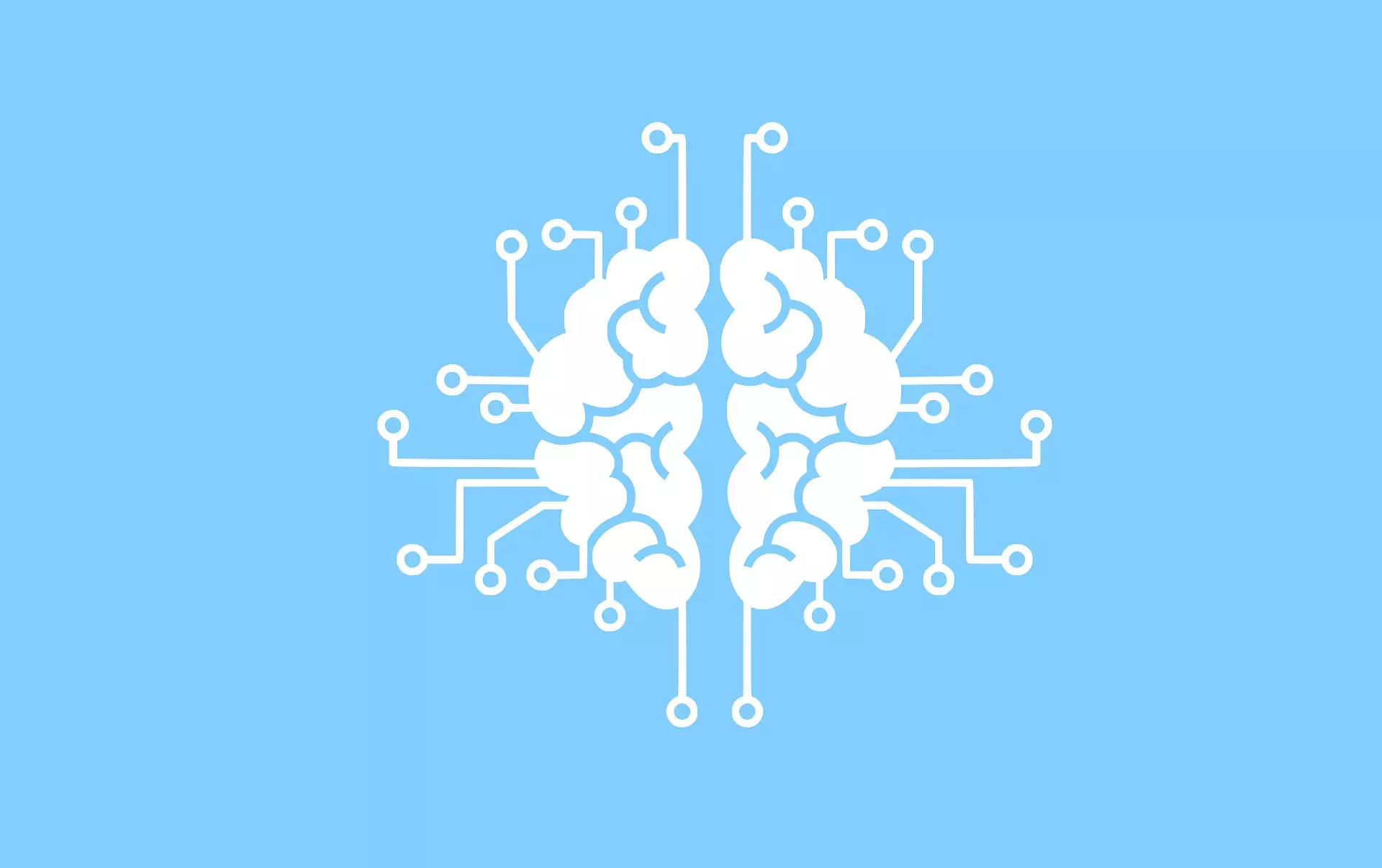The concept of bipartite matching is not just limited to ridesharing apps or medical programs, but it extends to various domains where optimal pairings are essential. This problem has intrigued computer scientists for years, with its complexity and implications. However, Cold Spring Harbor Laboratory Associate Professor Saket Navlakha has introduced a novel perspective by drawing inspiration from biology.
Navlakha’s groundbreaking research delves into the wiring of the nervous system to understand how efficient pairings are established between neurons and muscle fibers. By observing the process of neurotransmitter-mediated competition among neurons to secure connections with muscle fibers, Navlakha identified a practical solution to bipartite matching problems. This biological approach enabled the creation of a streamlined algorithm that mimics the natural selection process seen in neural circuits.
Unlike conventional algorithms that rely on centralized servers to facilitate bipartite matching, Navlakha’s approach allows for a decentralized system where individual entities can engage in competitive bidding to establish optimal pairings. This not only enhances efficiency but also ensures privacy by eliminating the need to disclose sensitive information to a third-party server. The algorithm’s performance surpasses existing programs, showcasing its potential to revolutionize a multitude of applications beyond traditional domains.
The real-world implications of Navlakha’s research are profound. From minimizing wait times for rideshare passengers to optimizing medical residency placements, the neural circuit-inspired algorithm offers tangible benefits across various sectors. Moreover, its ability to uphold privacy standards makes it an attractive solution for scenarios where data security and confidentiality are paramount.
Navlakha’s algorithm serves as a testament to the symbiotic relationship between biological insights and technological advancements. As more researchers explore the intersection of neural circuits and algorithm development, new possibilities are bound to emerge. With the potential for widespread adoption in diverse fields, the algorithm paves the way for innovative solutions to complex problems.
Navlakha’s pioneering work exemplifies the transformative power of interdisciplinary research. By bridging the gap between neuroscience and computer science, he has not only enriched our understanding of bipartite matching but also opened doors to novel approaches in algorithm design. The fusion of biological mechanisms with computational principles holds immense promise for the future of AI and machine learning, shaping a landscape where nature-inspired solutions reign supreme.


Leave a Reply